
WASHINGTON – Canadian Pacific Kansas City expects service to return to normal by late July in former Kansas City Southern territory that has experienced congestion, delays, and missed customer switches since a May 3 computer cutover.
“CPKC’s level of service performance on the legacy-KCS network since May 3, 2025 — as reflected in part in the [first mile/last mile] and Manifest [on-time performance] metrics — does not measure up to CPKC’s standards for the quality of service it provides customers or the efficient operation of its network,” the railway said in a June 20 letter that was posted to the Surface Transportation Board website today.
The letter was filed in response to STB Chairman Patrick Fuchs’ request for information about the service problems, including their causes and how and when CPKC intends to fix them [see “Regulators ask CPKC to outline …,” Trains News Wire, June 17, 2025].
“While it is too early to offer firm predictions about the timing of a full return to the high level of service performance that CPKC strives to provide customers, CPKC anticipates that service levels for the vast majority of legacy-KCS customers will be in the normal range in the second half of July,” the railway said.
Congestion-related performance metrics — including terminal dwell, average train speeds, and number of cars online — began trending in the right direction in late May and now show that operations have “turned the corner,” CPKC told the STB.
Service metrics, including manifest on-time performance and local switching, have shown steady improvement in recent weeks, CPKC said.
“CPKC anticipates that improvements for some customers may take somewhat more time, and that many customers will need additional time to work through backlogs of delayed inbound or outbound shipments, but CPKC’s progress to date suggests that the legacy-KCS network will be functioning well by late July and sooner in many areas,” the railway said.
The problems began immediately after CPKC shut down the KCS information technology system on May 3 and began using the legacy Canadian Pacific system in former KCS territory.
Among the problems:
- Interchange information didn’t support processing of the cars without manual reworking of the data.
- The system had trouble maintaining accurate railcar inventories for cars placed or requested for pickup at customer facilities, particularly those with complex track layouts.
- Because of the car inventory issues, customers had trouble placing orders for empties or directing the movement of load cars.
The data problems quickly snowballed into congestion and operational challenges.
“These issues in turn led to congestion at customer facilities, local serving yards, and classification yards across the legacy-KCS network as inbound railcars accumulated and outbound railcars could not be processed as efficiently as usual,” CPKC explained. “That congestion was reflected in increased yard inventories, increased dwell times, reduced train speeds, and an increase in the locomotive and crew resources needed to move traffic over the legacy-KCS network.”
CPKC said it has taken “extraordinary efforts” to address and fix its service problems, including sending cross-functional “SWAT-like” teams to Beaumont and Port Arthur, Texas; Mossville/Lake Charles and Shreveport, La.; Jackson, Miss.; and Wylie, Texas.
“For example, CPKC’s Chief Operating Officer has been on location almost continuously at key points across the legacy-KCS network (including Shreveport Yard, legacy-KCS’s major switching facility; Jackson Yard, legacy-KCS’s second major switching facility; and Wylie Yard, KCS’s largest intermodal ramp). Two operating Senior VP’s similarly have spent several weeks as boots on the ground in the Southern Region supporting customers and front-line operating leaders,” CPKC said.
The teams worked with interchange partners to fix data issues for cars bound to the former KCS network, restored car data through an in-the-field census of cars located in yard, sidings, and customer facilities, and helped customers rebill cars and solve individual service problems.
They also helped local operating personnel understand how to use the new system to build work orders and assignments.
CPKC also adjusted its operations to ease the burden on congested terminals. Its yards at Nuevo Laredo, Mexico, and Davenport, Iowa, for example, built blocks that could bypass Shreveport Yard, the busiest on the former KCS system and a key hub for north-south and east-west traffic.
CPKC told the STB that it did not have underlying service problems before the computer system cutover, and emphasized that its legacy CP operations in the U.S. have continued to run smoothly. Separately, CPKC officials have said at recent investor conferences that operations remain normal in Canada and Mexico, as well.
The railway has not yet done a similar computer system cutover on former KCS de Mexico territory south of the border.






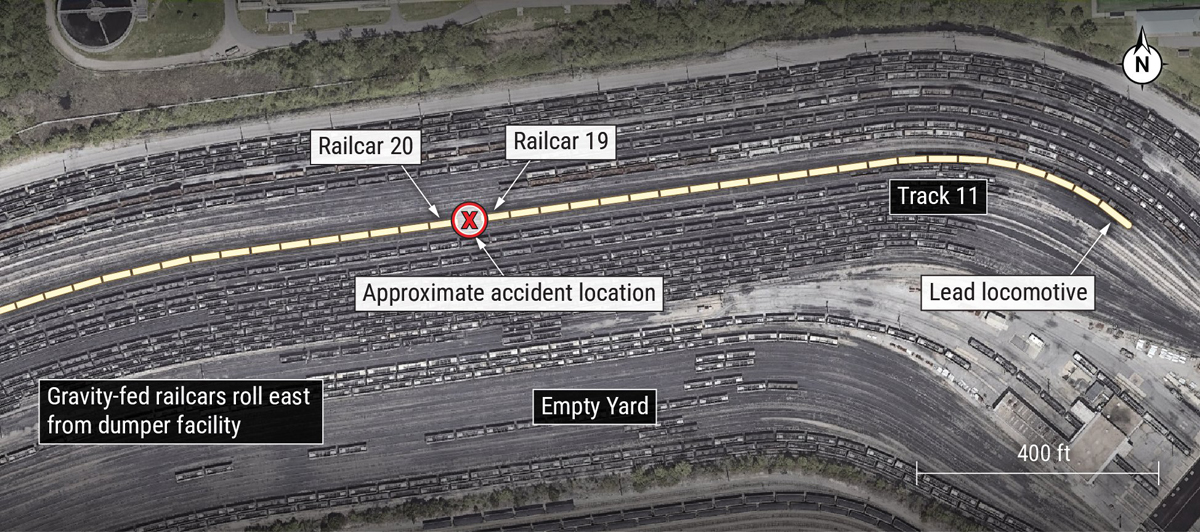
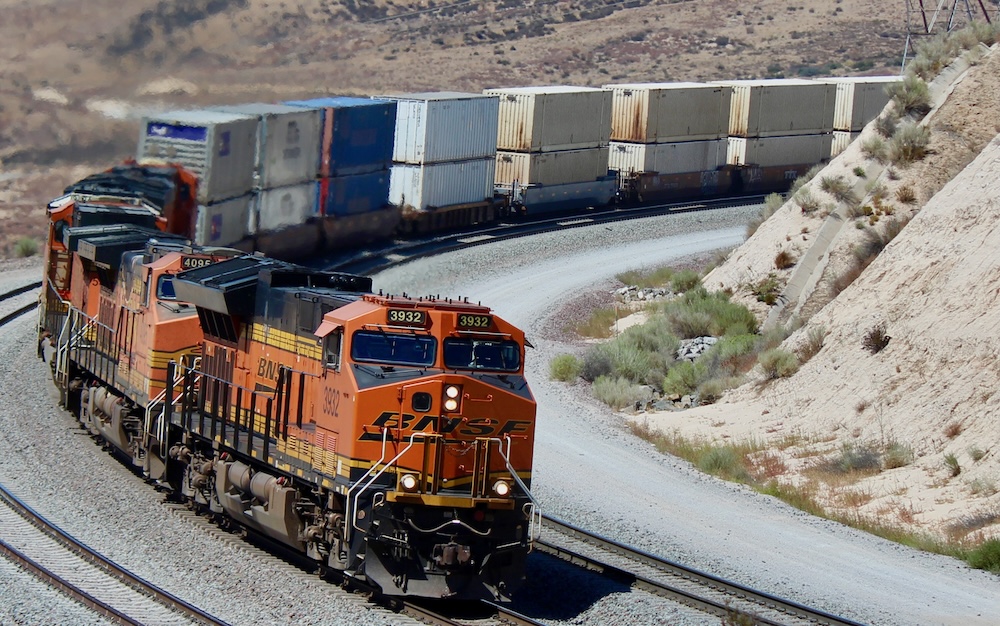
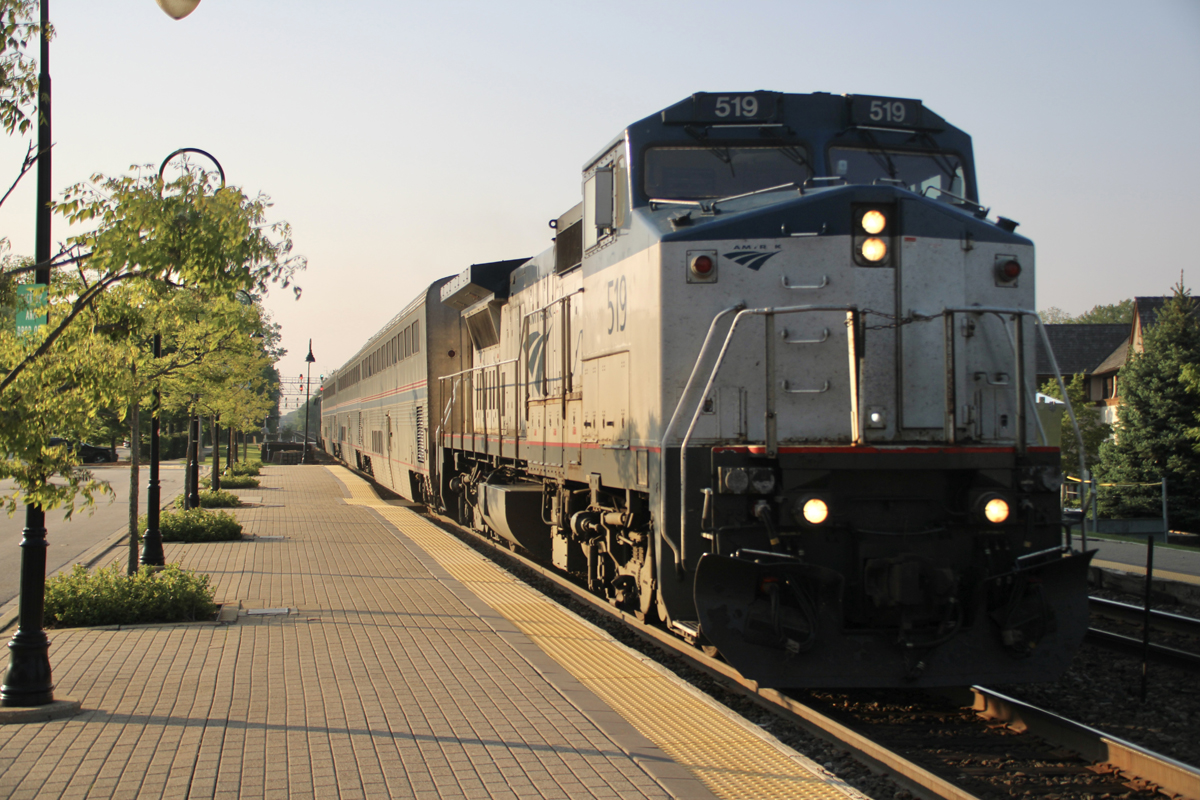
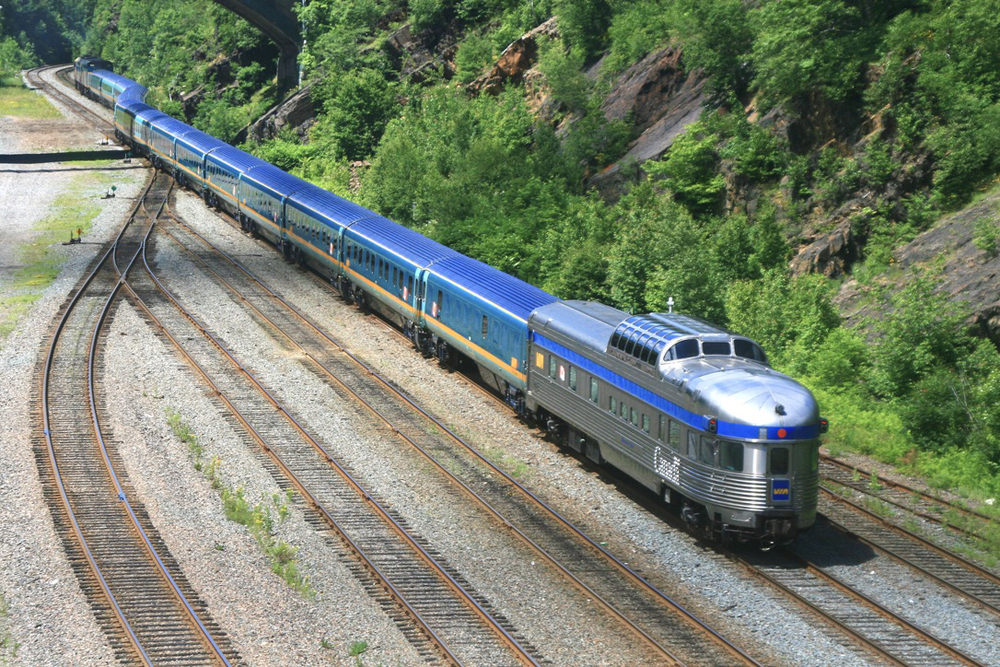



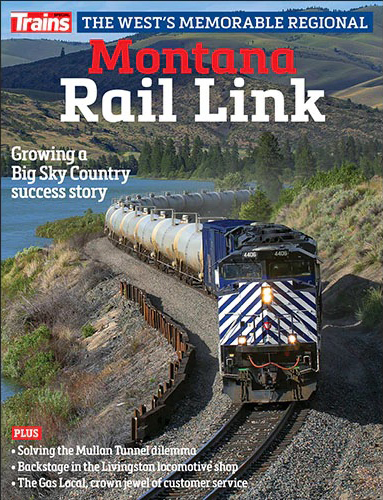
Funny it worked just fine for KCS. Why? Because they understood their railroad and all the quirks and inefficiencies. CP knew nothing of these, only that they thought they could buy KCS and easily convert a non PSR railroad to PSR standard with just a wave of their magic wand. HOW WRONG AND ARROGANT THAT WAS…
Can’t wait to see how this works at BNSF + CN + CSX (or whatever is coming). Will shut down the continent!
Conversions ARE tough. THIS IS WHY YOU DO LOTS OF TESTING. (I’ve worked in IT for 30+ years).
Just ask Costco. They redesigned their pharmacy web site online (which was AWFUL) and on the one hand they messaged telling me that the prescription I ordered on 6/11 shipped today (after calling and waiting on hold 30 minutes on Friday to find out where it was and being assured it would be sent via 2 day delivery today). On the other hand, Costco’s web site says that Instacart tried to deliver it, failed and it was returned, and can be picked up. In EVERETT, WA. That’s 2600+ miles from my house.
This is why you do lots and lots and lots of testing in advance. And push the cutover back if you even suspect you’re not ready. Clearly, CPKC was NOT READY.
It is strange that only east Texas, LA, & MS was affected by this muck up. It was pointed out on another site that this was the original L&A RR territory. It would seem to be very very unlikely as the L&A was blended into the KCS ~1992 but the area where this occurred does seem a highly coincidental happening.
Shouldn’t references to “July” in the first 2 paragraphs be “June”?
Pretty sorry excuse of an IT department! How is it that a new system is simply cut in without running in parallel is beyond comprehension. No doubt executives got bonuses for doing this on the cheap. Of course, no consequences for C suite hacks.
I also wonder if huge portions of this project were outsourced to India? One of my utility clients implemented SAP and it was 95% performed by Indians imported for the job. Calling it a mess was an understatement.
When the dust settles snag an interview with CPKC CIO Pam Arpin. Would love to hear her side of the story. Would love to see Trains follow up on this.
Conversions are tough regardless, but this one had some odd circumstances being reported.
If there were two totally different systems at the two railroads, data conversion from one software to the preferred system can be a nightmare. Not all data necessarily comes over once converted. Having retired from software sales, and having been through a LOT of data conversions I can say with authority that the process is complicated and fraught with unforeseen bugs that have to be worked out in real time. Yes, it is painful for ALL involved parties.
GREGG: Do you have any information indicating this conversion was done ‘on the cheap’, or specifics regarding the bonuses you allege for its implementation? Or is every executive at every railroad automatically guilty of every evil?
The tone of your posts is very predictable, and they seldom add any meaningful context.
The usual corporate PR pablum. But nothing is said of what this has cost the customers. Fact is, these railroads have been allowed to become too big to be properly run.
It was pointed out that the service problems were only on the old L&A ( Louisianna and Arkansas RR) section of the old KCS RR. The L&A was formerly merged into KCS about 1992 which really is puzzling that only L&A service area is involved.
https://www.bing.com/search?pglt=41&q=Louisanna+and+arkansas+RR&cvid=a3210bc39fa042429b11c4ccab6f4390&gs_lcrp=EgRlZGdlKgYIABBFGDkyBggAEEUYOTIGCAEQABhAMgYIAhAAGEAyBggDEAAYQDIGCAQQABhAMgYIBRAAGEAyBggGEAAYQDIGCAcQABhAMgYICBAAGEDSAQkxMTExMGowajGoAgiwAgE&FORM=ANNTA1&PC=HCTS